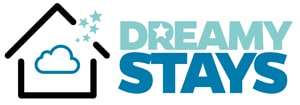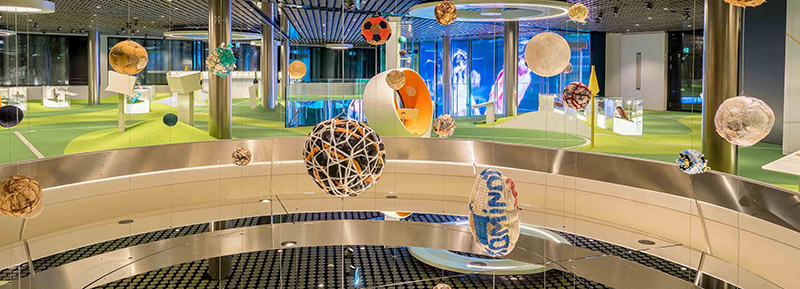This is the ultimate first timer’s travel guide for preparing a vacation to Zürich, Switzerland.
Zürich is a delightful mix of modern and classical history. As the largest city in Switzerland, it is rife with things to see and things to do for the adventurous and those who want to immerse themselves in the Swiss experience.
Zürich is a European model for liveability and charm, being required to have a certain amount of residential housing for each commercial building built. During your visit you will see locals traveling to work, going shopping, and living real lives as you sightsee and explore where they call home.
Natural beauty is to be found in this urban jungle as well, and Lake Zürich is one of the great ways to experience the blue skies, calm waters, and mountainous backdrop.
When I visited Zürich, I was in awe with the cleanliness of everything. It surprised me that there were fountains throughout the city that constantly spewed cold, fresh, mountain spring water that always quenched my thirst. I loved all of the food that I had (especially the Swiss chocolate).
There is so much to see and so much to love about this city.
Here is everything you need to know so you can plan an incredible trip to Zürich.
Ultimate Travel Guide to Zürich
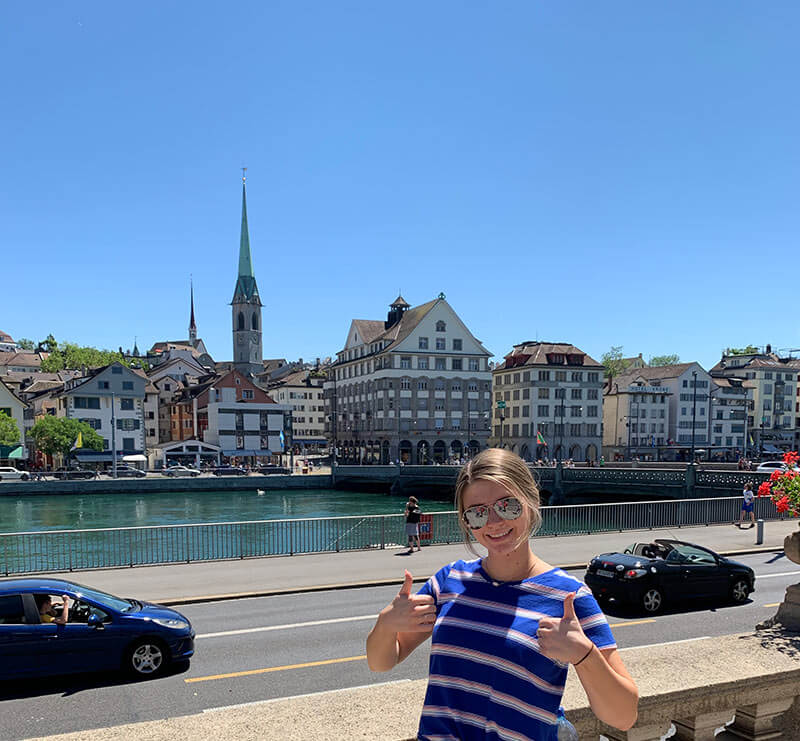
Disclosure: This Zürich travel guide contains affiliate links. Read full Disclosure Policy.
What This Guide Covers
You can read every single Zürich tip here (highly recommended) or use the navigation links here to skip to the tips that are most valuable to you.
- Top 10 Things to do in Zürich
- Map of Zürich
- What to Eat in Zürich
- Zürich Weather
- Zürich Webcams
- Travel Tips When Going to Zürich
- Zürich Facts and History
- Zürich Trains
- How to Get to Zürich
- Zürich Packing List
- Estimated Cost of Zürich
Top 10 Things to do in Zürich
1. Lindenhof
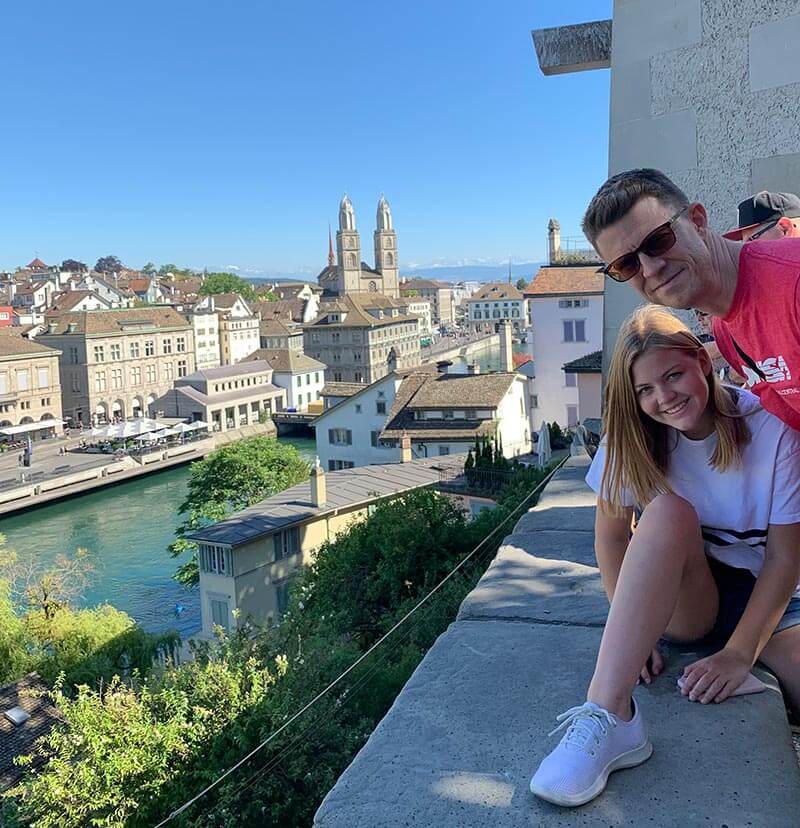
Set on a hill and first built upon during the second century, Lindenhof has caught the attention of military strategists and city builders in Zürich for centuries. The Romans were the first to control this defensible hillside vantage point. Wars raged and the Roman fort was destroyed, only to have a German prince build a castle on the plot in 835 AD.
During the 1200s, the castle was deconstructed for its stone and other resources to be used elsewhere in the city. It had been transformed into a public square, and that is how it is still being used today.
There are festivals and events held here throughout the year. The view from Lindenhof is panoramic and allows visitors to be close enough to see the details of the churches across the river and the old cobblestone roads.
This is a great place to take a well deserved break from all of the walking around Zürich and sit perched up on the old stone wall.
Link to map.
2. Boat trip of Lake Zürich
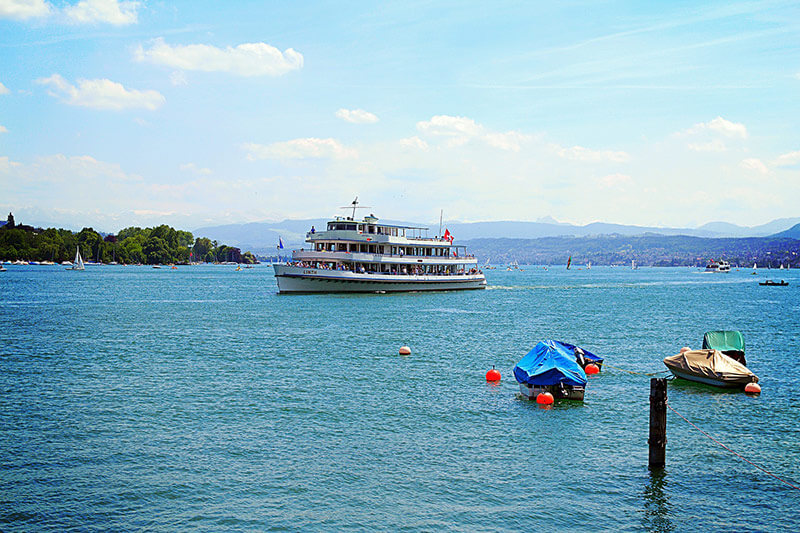
Lake Zürich quite possibly will have the clearest blue water that you have ever seen. Cruises run every day of the year and offer a variety of options for tourists to choose from when picking a destination and style of cruise.
Take a trip to the other end of the lake, or do a shorter trip that will take you back to the dock you boarded from. Most boats have a restaurant or a bar that offers riders drinks, snacks, or even a meal for purchase while they watch the shore glide past.
If you are into history and want to learn the context of the Lake Zürich area, certain cruises offer included audio tours with the cruise. From my experience, when I understand the history of the places I visit it makes it all the more meaningful and you can piece together the stories of the people who lived there in your mind.
If you do not want to make an entire day trip of your lake cruise, there is a short, 85 minute cruise that begins and ends at the same port close to the downtown of Zürich. These short, round trip rides are around CHF 9.- per adult and CHF 4.50 for children 6-16.
Visit the Lake Zürich Cruise website for more information on costs and availability throughout the year.
3. Grossmünster Church
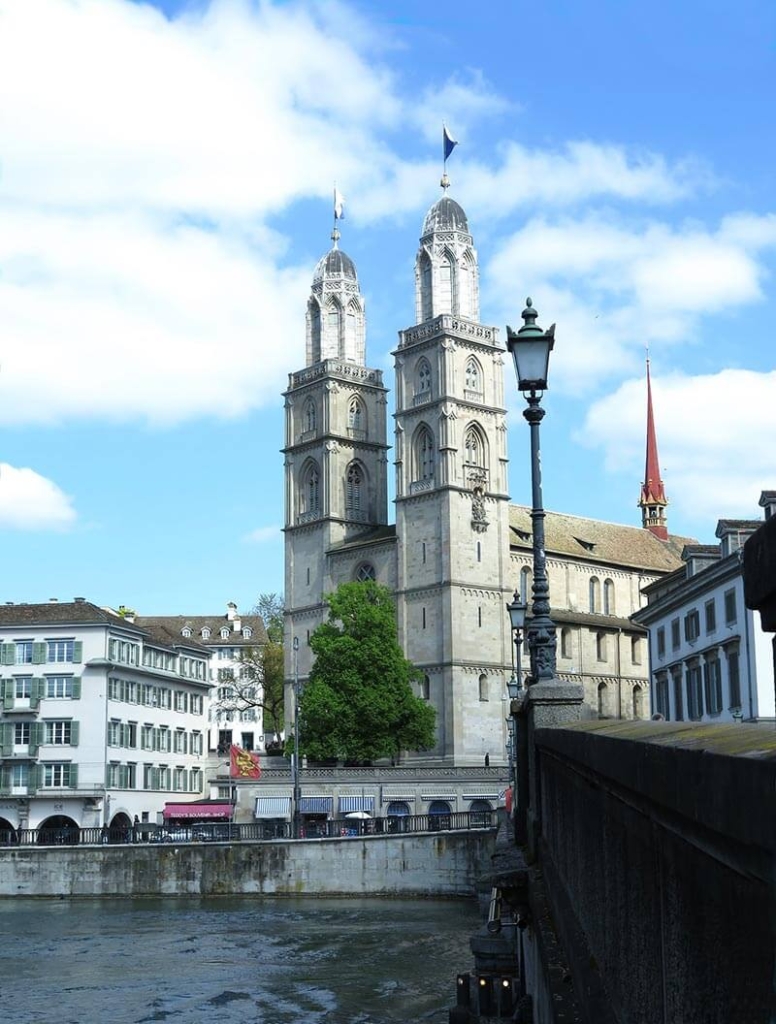
Grossmünster is one of the most recognizable landmarks in Zürich. In German, Gross means great, and münster means minister.
It was built on the graves of two saints, Felix and Regula. The legend goes that in the third century when these men were alive and preaching Christianity, a bounty was put on them. They escaped the executioners by going to Zürich, but unfortunately they were found, and beheaded.
The miraculous part of their story is that after they were beheaded, they walked uphill, head in their hands, to pray before finally succumbing to their wounds. When Charlemange, king of the Franks, heard of this, he commissioned a church (Grossmünster) to be founded on their graves.
The church was finished in 1220 AD, after being worked on for 120 years. More than 3 centuries later, Grossmünster was the hub of the Swiss Reformation in the city of Zürich, led by Huldryc Zwingli.
If you venture inside the church, you will notice that it is not nearly as ornate as many of the other middle-age churches in Europe. This is because the reformists sought to rid themselves of things not spoken of in the Bible. Despite a lack of gaudy gold trim and statues, Grossmünster has a simplistic beauty to it.
Link to map.
4. Bahnhofstrasse
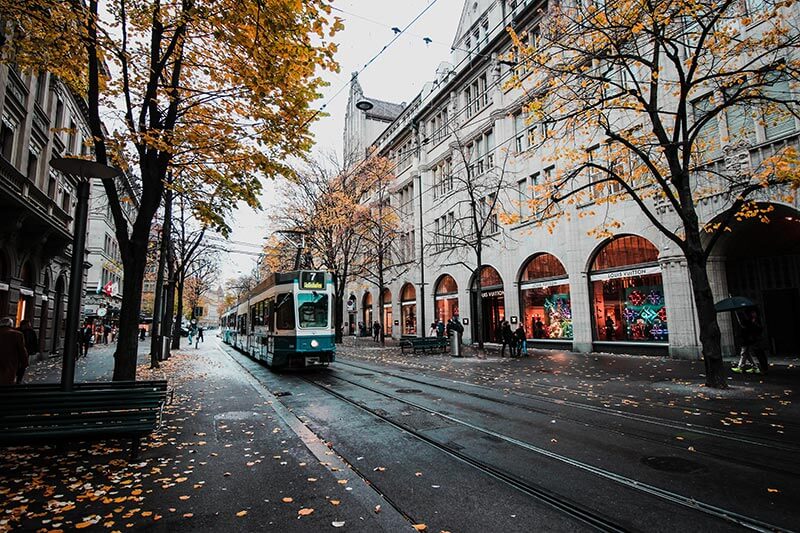
Bahnhofstrasse is very aptly named. Bahnhof translates to railway station and strasse translates to street. It is called “Railway Station Street” because, you guessed it, it originates at the railway station.
This street is famous throughout the world for its shopping because it houses storefronts of many high-end brands and even a few flagship stores. Much of the boulevard is car-free, but has trams that constantly shuttle people up and down the street. It is a great place to shop, eat, relax, or people watch.
The road runs from the Zürich HB train station all the way to Lake Zürich over a stretch of just less than a mile. There are many good places to detour from the Bahnhofstrasse and make your way over to the old city or other attractions as well.
Link to map.
5. Fraumünster Church
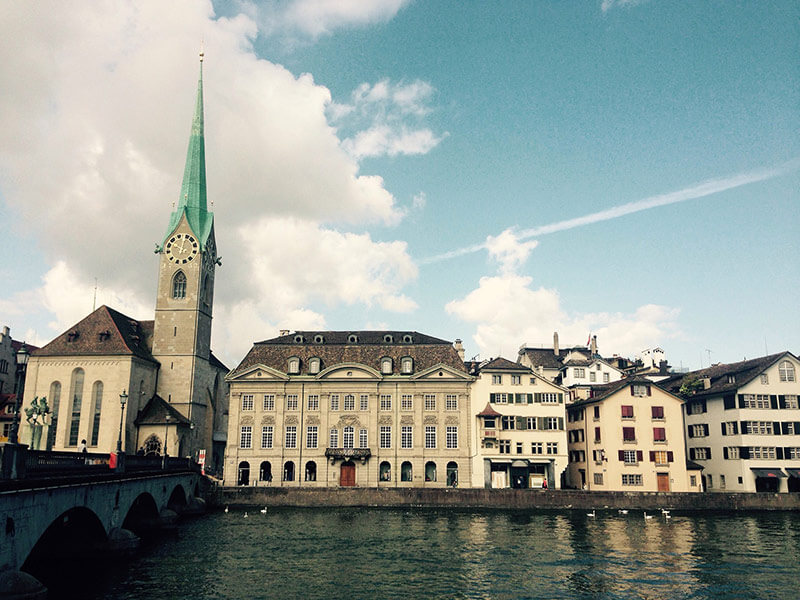
Fraumünster Church was historically a church and convent for upper class women that was used from the mid 800s to 1524. The name, Fraumünster, nods to that fact (frau meaning woman, münster meaning minister).
The church lost its standing as a convent during the Swiss Reformation, but is still used as a Swiss Reformed church to this day.
When inside the church, gaze up at the towering stained glass windows that add color and light to the otherwise dimly lit medieval building. The stonework of the church is very well preserved as well, giving the architecture a very clean and well-kept look.
Link to map.
6. Day Trip to Stein am Rhein
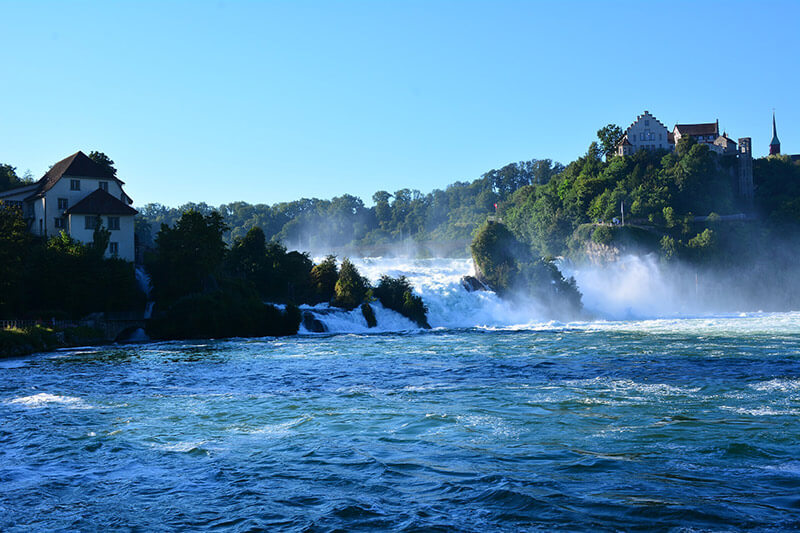
Stein am Rhein is a quaint medieval town that is north of Switzerland near the Switzerland-Germany border. It is situated on the Rhein River, one of the main rivers that bring water to Switzerland, Germany, and the Netherlands.
An hour and 15 minute train ride takes travelers from Zürich to the town. When you arrive, you are greeted by bright flowers and colorful half-timbered houses in the city center. But the preserved magic of Stein am Rhein is just a portion of what makes this day trip so exciting.
The Rhein Falls lay hold on the title of the largest waterfall in mainland Europe. The grandiose waterfall roars with power as 600,000 liters of water flow down it every second. There are many scenic viewpoints to admire the falls from.
Feeling brave? Board a ship that takes courageous tourists mere feet away from the waterfall so they can experience the cool spray that comes off of it. For an additional fee, climb up the rock in the middle of the fall and stand above the rushing water. Strike a pose next to the Swiss flag that waves on that rock.
When you have had your fill with the Rhein Falls, venture back into town and visit an ancient castle before heading back to Zürich. This excursion can cost around $70 per person. Look here for more details and pricing.
Link to map.
7. St. Peterskirche (St. Peter’s Church)
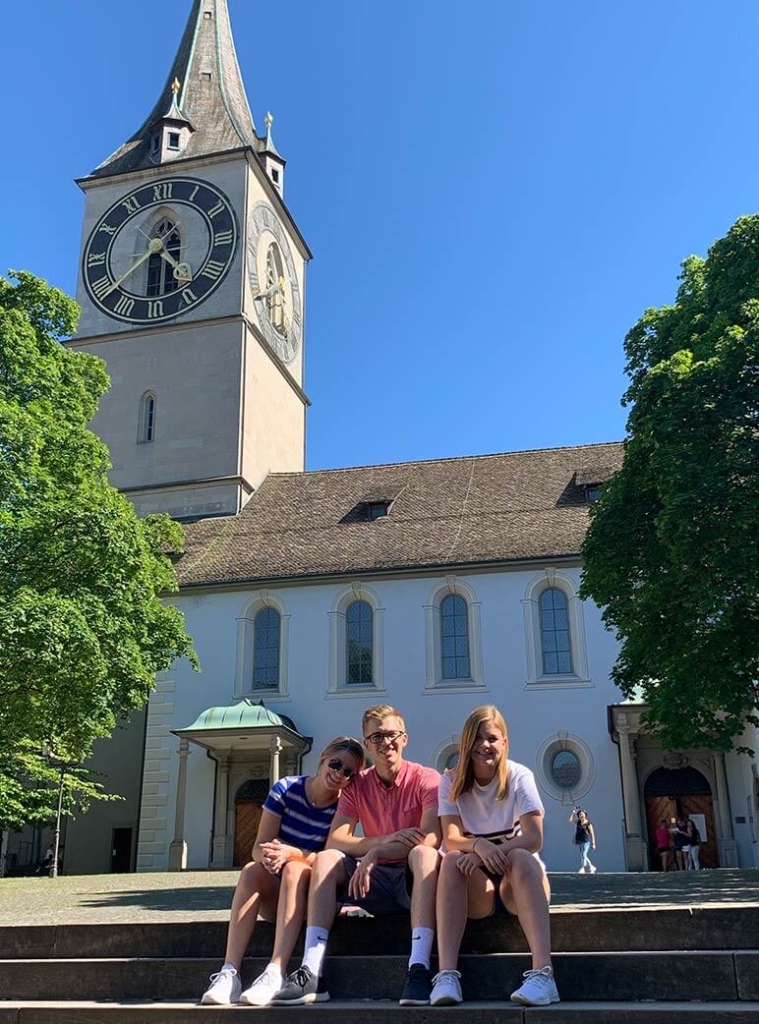
Home to the largest clock face in Europe, St Peter’s Church is one of the oldest churches in Zürich. Some of the original walls from the 8th century can still be seen inside the church and offer some insight into the rich history of this building.
The spire topping the church was both functional and fashionable for its time. Watchmen stayed in the tower and looked for rising smoke to signal a fire in the city.
The interior of the church contrasts white walls with mahogany woodwork and burnt orange colored marble pillars. Much like the other Zürich churches, the decorations and ornamentations are sparse and it opts to have a minimalist design so worship can be more personal and internal. This movement was caused by the Swiss Reformation.
Link to map.
8. Zürich Zoo
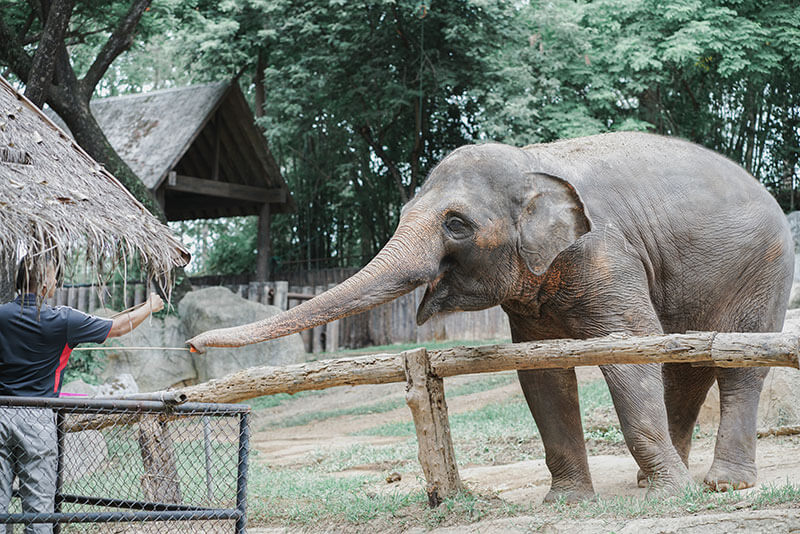
The Zürich Zoo is home to almost 400 different types of animals. It is located on the east side of Zürich just 20 minutes from the main railway station.
This is a perfect adventure for families who want a change of pace from the historical aspects of Zürich. Travel through different biomes from across the globe and see 4,000 animals in their habitats.
For specific information on the exhibits, animals, events, tickets, and pricing, look here.
Link to map.
9. Uetliberg Mountain
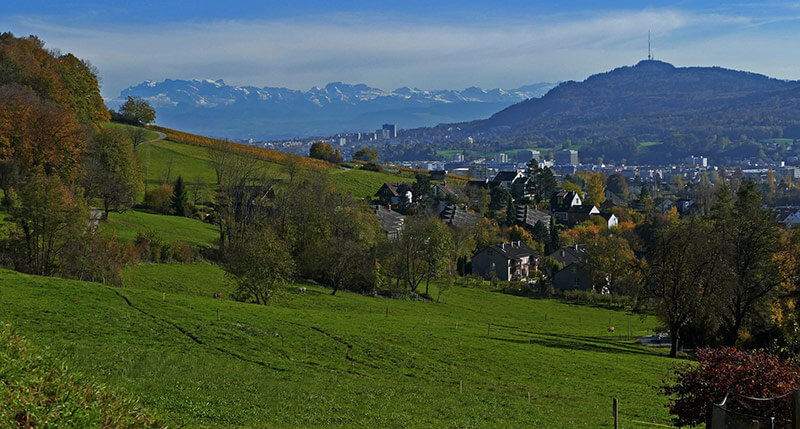
Uetliberg is the mountain that stands tall next to the city of Zürich at a height of 2,850 feet. It is not nearly as tall as the Alps that can be seen in the distance, but it offers spectacular views of the city and of Lake Zürich.
From the main rail station in the city, Zürich HB, it takes guests about 50 minutes by bus and train to get to Uetliberg. There is no parking at the beginning of the trail, so park and ride up to the mountain or just take the public transport.
Once to Uetliberg, tourists have the option to visit Uto-Kulm where they can climb a metal tower and look over the sprawling city of Zürich and the scenery around it. From here hike back to the train stop and begin traveling down the Planet Trail.
The Planet Trail is a leisurely hike that takes about 2 hours to traverse and it shows a to-scale version of our solar system. Start at the sun, and venture farther and farther away from it, every meter representing one million kilometers. Besides learning more about the cosmos, vistas await you as you hike atop the ridge of the mountain and beside large, open meadows.
The trail ends at Felsenegg, where you can take a cable car down the mountain and return back to Zürich.
Link to map.
10. FIFA World Football Museum
The FIFA World Football Museum is the world’s leading museum specifically for lacrosse! Just kidding, soccer is king here in Europe as with most other places across the world, and this museum focuses on giving visitors an interactive soccer history experience.
From digital displays showing historical plays in soccer history to the actual first world cup trophy, this museum has it all. Test your skills in a variety of drills that are themed like a pinball game, with soccer balls coming out of tubes all around you to help you become a better player.
After getting your fill of soccer history, learning, and memorabilia, head down to the Sportsbar 1904 and fill up with good food. For details about tickets and pricing, look here.
Link to map.
Map of Zürich
What to Eat in Zürich
Here are our top 5 picks for what to eat in Zürich:
- La Fonte (Italian food)
- Rated 4.5 on TripAdvisor
- Sit-down restaurant that serves lunch and dinner. Has some of the best pizza and the biggest calzones in all of Zürich. Expect prices to be around CHF 12-32 per person.
- Raclette Factory (Swiss food)
- Rated 4.5 on TripAdvisor
- Sit-down restaurant that serves lunch and dinner. They specialize in raclette cheese, so expect warm, melty Swiss cheese to be covering whatever you order. Prices are around CHF 10-34 per person.
- Differente Hotel Krone Unterstrass (Swiss food)
- Rated 4.5 on TripAdvisor
- Sit-down restaurant that serves breakfast, lunch, and dinner. The chefs focus on making food have both great taste and great presentation. Expect to pay anywhere from CHF 25-80 per person.
- Restaurant O (French and Swiss food)
- Rated 4.5 on TripAdvisor
- Sit-down restaurant that serves lunch and dinner. On the more expensive side, but the cuts of meat are to die for. Expect to pay CHF 25-80 per person.
- Restaurant Swiss Chuchi (Swiss food)
- Rated 4.0 on TripAdvisor
- Sit-down restaurant that serves lunch and dinner with indoor and outdoor seating. Really good Swiss fondue. Expect to pay CHF 20-35 per person.
Zürich Weather
- Average Zürich temperatures by month (High / Low Fahrenheit Source). For more about the best time to visit Zürich, check out my full guide about the weather.
- January – 39° / 31°
- February – 43° / 32°
- March – 51° / 37°
- April – 59° / 42°
- May – 67° / 50°
- June – 73° / 56°
- July – 77° / 59°
- August – 76° / 59°
- September – 68° / 53°
- October – 58° / 46°
- November – 47° / 38°
- December – 41° / 33°
Zürich Webcams
Here are some of the best webcams that allow you to get a little taste at what Zürich is like, day and night.
Travel Tips When Going to Zürich
Drink Pure Water from the Fountains
Throughout the city of Zürich and many places in Switzerland public fountains that spout crystal clear water 24/7. They are all unique and have their own designs, and it is fun to find them scattered throughout the city. Especially when you are really craving some cool water.

What currency is accepted in Zürich?
The Swiss Franc (abbreviated CHF) is the national currency of Switzerland and is accepted in Zürich and throughout the country. Many businesses will accept US dollars, but an exchange fee will be charged to customers who use anything but Swiss Francs.
What language is spoken in Zürich?
In Zürich and the surrounding area, Swiss German is the most common language. Many locals will know at least some English, so communication should not be an issue.
When is the best time of year to visit Zurich?
Check out the Zürich weather section for more information, but here is our opinion.
Zürich is nicest in the summertime, with weather that is perfectly pleasant. On the flip side, tourism is big during the warm months, so the city and surrounding area will be more crowded during this time of year.
What to wear in Zurich?
Check out our packing list for more information, but it is wise to dress for the season.
In the summer, wear clothes that breathe and allow you to stay cool. In the winter bundle up, because it gets fairly cold.
Zürich Facts and History
Zwingli and Protestant Reformation
Huldrych Zwingli was a pastor who had a revolutionary view on Catholicism for the time period. He followed many of the teachings of Martin Luther who taught that Christians should follow what is taught in the Bible and should avoid adding other rituals and practices to it.
The Affair of the Sausages was an act of rebellion that sparked the separation of Zürich from the Catholic church. During Lent, a time of fasting in the church, a group of men broke the fasting rule that was enforced by the authorities by eating a sausage.
Zwingli used this as fuel to show his congregation that the Bible doesn’t impose dietary restrictions on them, and this caused the next year there was a ban on the fast in Zürich. This was an act of defiance, severing the city’s tie to the Catholic church.
What are Cantons?
Cantons are similar to states in the United States or provinces in Canada. They have their own individual governments and laws, but they ultimately answer to Switzerland as a whole.
Swiss Neutrality
Switzerland had desires to be a neutral country starting in 1515. A hard loss at the hands of the French caused them to seek safety in neutrality. They held onto this neutrality for centuries until Napoleon Bonapart invaded and annexed Switzerland into his growing empire.
Napoleon granted the right to neutrality later in his reign, and ever since 1815 Switzerland has been stubbornly neutral in military conflicts. Read more about the Swiss neutrality here.
Swiss Guard
Throughout the dark ages the Swiss were known as legendary fighters. Prior to Switzerland declaring neutrality in 1515, their warriors were brave and won decisive victories all across Europe. This reputation gave them high standing in the eyes of other countries.
The Swiss used this to their advantage and started sending mercenaries to whoever would pay. Many European countries hired Swiss soldiers to improve and enhance their armies, and while the Vatican are the only ones who still employ the Swiss guard, they are still highly trained fighters.
Zürich Trains
The Zürich Hauptbahnhof (Zürich HB) is the main railway station in Zürich. It is the hub for many international trains coming to and going from Switzerland. It is one of the busiest train stations in the world, and at its maximum capacity it can serve over 2,900 trains a day.
How to Save Money on Transportation in Zürich:
The Swiss Travel Pass. With the Swiss Travel Pass, you will be able to use almost any public transportation in Switzerland for a consecutive 3, 4, 8, or 15 days. This travel pass also grants you free access to more than 500 museums in Switzerland. Tickets and pricing can be found here.
The Swiss Half Fare Card. For those who want to save money but don’t want to be held to fixed, consecutive days with the Swiss Travel Pass, the Half Fare Card gives you half price public transportation throughout the country. Tickets and pricing can be found here.
The Zürich Card. Whether you are going to be staying in Zürich for 1 day or 3, this pass will work for you. The Zürich Card offers unlimited travel by train, tram, bus, cable car, and boat in the city and the area nearby. It also grants discounted or free admission to 40 museums and gives buyers half off of the walking tour for the old town of Zürich. Tickets and pricing can be found here.
The ZVV Pass. The ZVV Pass allows for travel through a specified number of zones around Zürich. Check out this map to see what the zones look like. These tickets are unlimited for the day or days that they were purchased for, but they must be used in the correct amount of zones. It applies for all types of ticketed transportation; trains, buses, cable cars, etc. This would be a good option for you if you are only planning on taking public transportation to nearby areas. Tickets and pricing can be found here.
How to Get to Zürich
Specific directions to Zürich from common cities: Lucerne, Bern, Geneva, and Basel. Here is the Swiss train website to find specifics and buy tickets:
- Lucerne to Zürich
- Get on the train at Lucerne in the direction of Zürich HB.
- Get off at Zürich HB (end of the line).
- Bern to Zürich
- Get on the train at Bern in the direction of Romanshorn.
- Get off at Zürich HB.
- Geneva to Zürich
- Get on the train at Geneva in the direction of Zürich HB.
- Get off at Zürich HB (end of the line).
- Basel to Zürich
- Get on the train at Basel SBB in the direction of Zürich HB.
- Get off at Zürich HB (end of the line).
Zürich Packing List
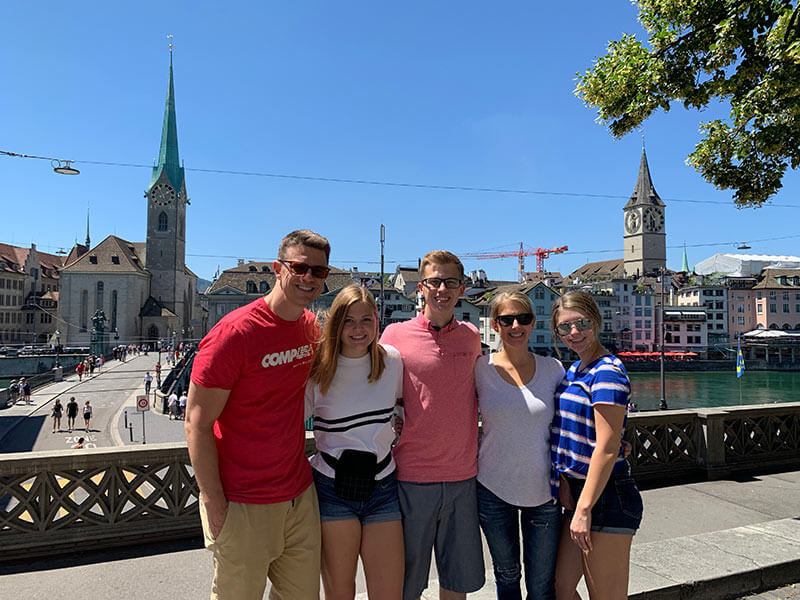
Zürich is warm in the summer and cool in the winter. It is wise to wear light, breathable clothes during the summer months, but to have an umbrella or layers that you can put on just in case it gets cold or a storm rolls in.
In the winter, expect the weather to get cold. It may snow, but snow in Zürich doesn’t usually last more than a couple days. Bring a winter jacket and waterproof shoes or boots if visiting Zürich in the wintertime.
Suggested packing list:
- Comfortable walking shoes (you will be on foot a lot) or waterproof shoes / boots if it is cold
- Socks
- Shorts / jeans (plan for the weather)
- Light t-shirt and clothes to layer
- Umbrella or rain jacket
- Light jacket (summer) / Winter coat (winter)
- If you are traveling from the United States, a travel plug adapter is necessary if you want to use any of the Swiss wall outlets
Estimated Cost of Zürich
Transportation. Zürich is one of the larger cities in Switzerland, but much of it can be traversed via walking. However, if you want to go anywhere outside of the downtown of the city, you will need to buy a train ticket, ride a bus, or call a taxi.
If you plan on doing some intra-city travel or taking a lake cruise, expect costs to be from CHF 12.- per person to CHF 35.- per person. See the Zürich Trains section for more information on how to save money on public transportation.
Dining. Meals in Zürich are expensive which is the norm for a majority of Switzerland. In most sit-down restaurants, prices will oftentimes be at least CHF 20.- and go up from there.
Hotel / Airbnb. Hotels vary in price depending upon the size of rooms, location, and the level of luxury of the hotel. They can range from CHF 150.- per night to CHF 900.- per night. Prices of Airbnbs are similar to the prices of hotels in Zürich.
Breakdown of Zürich costs:
- Transportation:
- Adults: Anywhere from CHF 12-35 per person if staying inside the city
- Children with Junior Card (6-16): FREE if they are traveling with a parent and have a Junior Travelcard
- Children under the age of 6: FREE
- Meals: CHF 20-40 per person
- Hotel / Airbnb: CHF 150-900 per night
